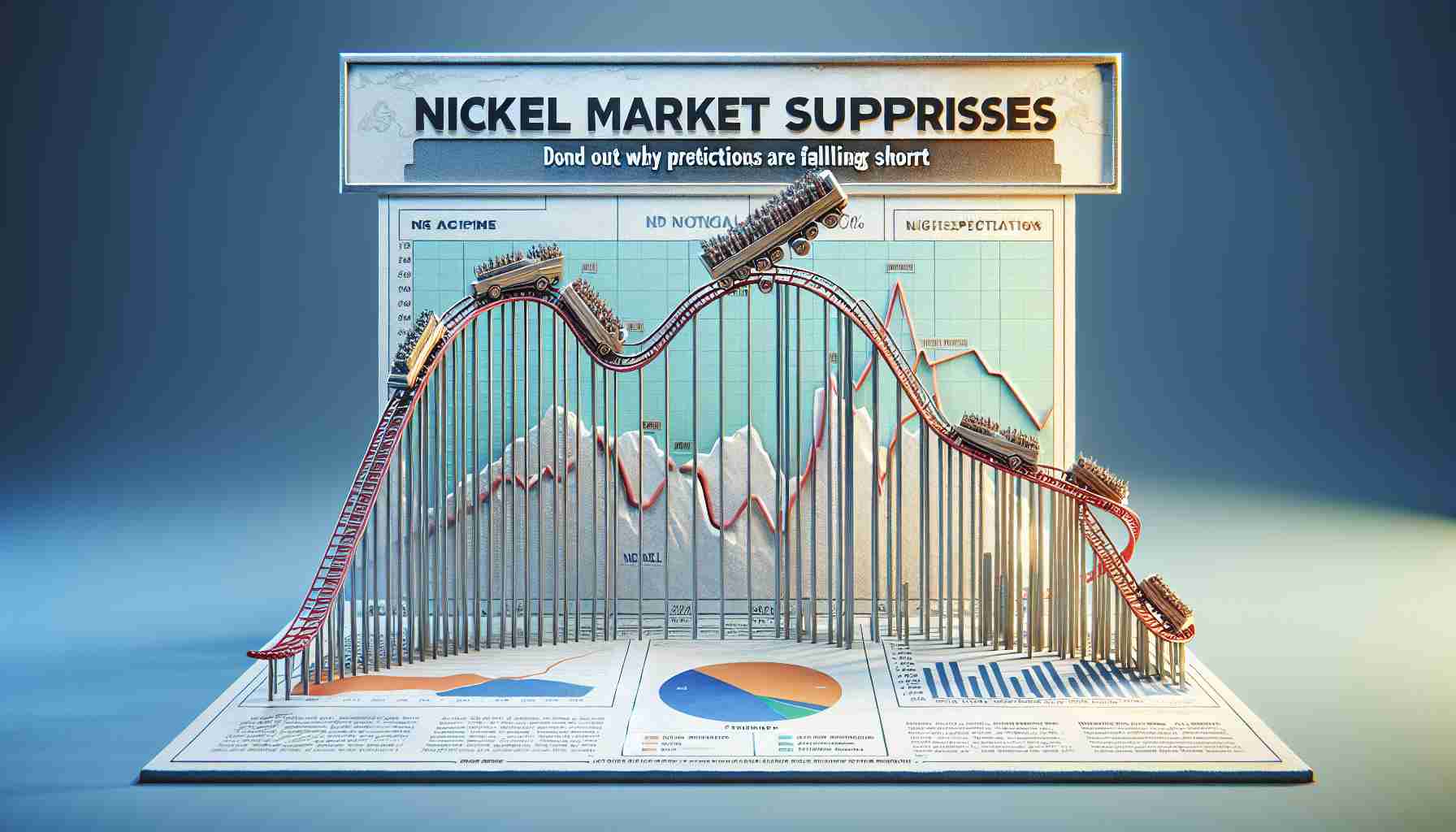The Nickel Market Dilemma
Nickel prices have faced a whirlwind year, driven by global economic shifts and market speculation. Despite a promising start in the first half of the year, the latter part of 2024 witnessed volatility fueled by oversupply and unpredictable demand in key markets like China. The pivotal role of nickel in electric vehicle (EV) batteries couldn’t fully counterbalance the economic challenges faced by China, the world’s largest consumer. This was largely due to a struggling real estate market and broader economic instability.
Indonesia’s Nickel Boom
Indonesia’s output surge, contributing significantly to the global nickel supply, has led to an oversupply situation, affecting nickel prices. A staggering increase was noted with production climbing to 2.4 million metric tons, representing a major segment of global output. This excess, bolstered by Indonesia’s mining activities, created price pressures and market imbalances despite an increase in EV-related demand.
China’s Economic Moves and Nickel’s Future
China’s government attempted to stimulate its economy, including a reduction in loan down payments. Though these moves initially boosted nickel prices, sustainability remains questionable. Yet, industry analysts predict long-term growth in nickel demand, driven by advances in battery technology tailored for EVs. Expected to triple by 2030, the demand is stark, but current economic conditions pose a challenge.
Carpenter Technology’s Strategic Opportunities
Amidst this backdrop, Carpenter Technology Corporation (NYSE:CRS) leverages its expertise in specialty metals, including nickel alloys, to meet aerospace and defense needs. As major OEMs face production hurdles, Carpenter’s adaptable strategy has secured its advantageous market position. Analysts expect Carpenter’s robust market presence and strategic maneuvers to uphold strong earnings momentum, with forecasts suggesting continued high demand through 2026.
The Unseen Impact of Nickel Market Dynamics on Global Communities
The global nickel market, an often underappreciated yet pivotal sector, has been navigating a tumultuous path laden with economic fluctuations and strategic maneuverings. Beyond the economic headlines, the intricacies of nickel’s supply and demand bear significant implications on the lives of individuals, communities, and entire nations. In this article, we delve into aspects not frequently discussed, shedding light on how these market dynamics resonate across various spheres of life.
A Silent Powerhouse: Nickel’s Wider Impact
While nickel’s vital role in electric vehicle (EV) batteries is widely acknowledged, its influence extends quietly into everyday life. Nickel is essential in stainless steel production, which is foundational in industries ranging from construction to healthcare. Its price volatility thus impacts sectors dependent on stable material costs, affecting everything from infrastructure projects to medical devices.
Environmental and Societal Concerns in Mining Regions
Nickel mining, particularly in regions like Indonesia, presents both opportunities and challenges. The extraction boom has substantially contributed to Indonesia’s economic growth. However, the environmental repercussions cannot be ignored, with mining activities leading to deforestation and ecological degradation. Communities in these regions face environmental challenges, leading to potential health risks and loss of biodiversity. Balancing economic growth with sustainable practices remains a profound challenge.
Advantages and Disadvantages of Nickel’s Global Spread
Advantages:
– Global Economic Influence: Increased nickel production leads to economic growth and job creation in producing countries like Indonesia.
– Technological Advancements: Nickel’s role in battery technology facilitates innovation in sustainable energy solutions, crucial for combating climate change.
Disadvantages:
– Environmental Impact: The adverse ecological effects of nickel mining pose long-term sustainability issues.
– Market Volatility: Fluctuations in nickel prices affect industries globally, leading to economic instability in regions dependent on consistent material costs.
Is Nickel’s Future Bright or Precarious?
Despite current challenges, there is optimism regarding nickel’s future. Advances in EV and renewable energy sectors promise sustained demand growth, with projections suggesting a tripling by 2030. However, the question remains: Can sustainable practices be implemented swiftly enough to mitigate environmental damage?
The Role of Policy and Innovation
Governments and industry leaders are at the forefront of addressing these issues. Policy interventions can guide sustainable mining practices, lessening environmental harm while maintaining economic benefits. Innovation in mining technology and battery design can also reduce the reliance on high-volume nickel, further stabilizing the market.
For those interested in further exploring the complex dynamics of global mining and materials, resources such as the International Nickel Study Group and industry reports provide extensive insights. Discover more on global economic impacts and sustainability efforts at World Bank and UN Environment Programme.
In conclusion, while nickel may seem like just another industrial metal, its ripple effect on global communities, economies, and environmental health cannot be understated. As we look to the future, the challenge lies in harnessing nickel’s potential responsibly, ensuring its benefits outweigh the drawbacks for generations to come.























